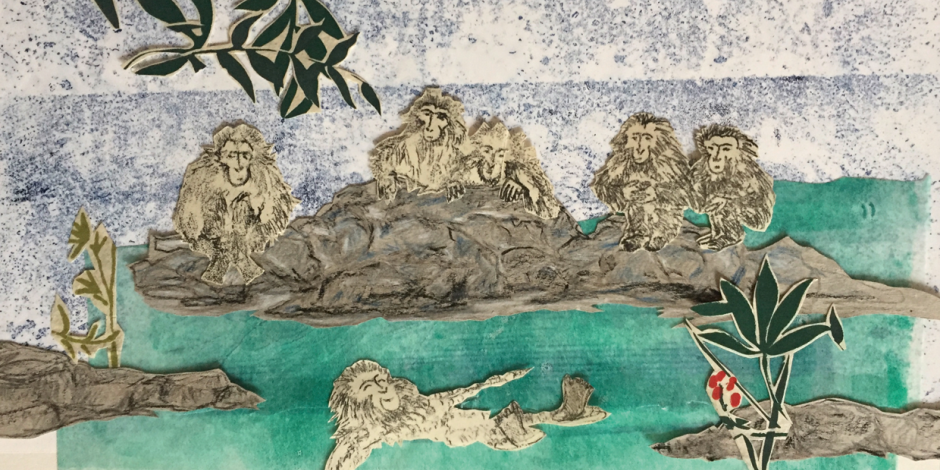Hierarchies are something we share with our feathered, pelzigpelzigfurry and scalygeschupptscaly friends. Look closely at the animal kingdom and you’ll notice that many animals live in societies in which they’ve organized and to rankeine Rangordnung bildenranked themselves.
Peck, or be pecked
In 1913, 19-year-old Thorleif Schjelderup-Ebbe – later a zoologist and comparative psychologistVerhaltensbiologe, -biologincomparative psychologist – published a scientific paper on the behaviour of the chickens he had watched at a farm in Norway during his school holidays. The established social order he had observed within their society came to be known as the “to peck(mit dem Schnabel) hackenpecking order”. Schjelderup-Ebbe noticed that higher-ranked birds got access to the best food, water and places to to roostschlafen; hier: auf der Stange sitzenroost, while lower-ranked birds got what was left. If a bird tried to take more, the dominant chicken reminded the subordinate of its status – with a sharp peck. The birds were ensuring their flock’s survival by giving the best chances to the fittest birds.
showing offAngeberei, sich präsentierenShowing off
Those aggressive pecks are an example of a “dominance signal”, indicating an animal’s dominance within a group. Of course, not all animals peck. Gorillas beat their chests. Whales slap their tails against the water and also “sing” (the loudest male gets the girl). Dogs and cats stare each other down. Male sheep butt headsdie Köpfe, die Hörner zusammenstoßenbutt heads.
High-ranking Japanese macaques bathe first in the hot springs, while lower-ranking monkeys wait their turn at the edge of the pool
These signals help animals gain and maintain their dominance when it comes to matingPaarungmating, social rank, territorial claims and resources. A dominant animal’s behaviour isn’t influenced much by others, but subordinateRangniedere(r,s)subordinate animals are influenced by higher-ranked animals. In Jigokudani Monkey Park, for example, high-ranking Japanese macaqueJapanmakak, SchneeaffeJapanese macaques, born of the right bloodline, bathe first in the hot springs, while lower-ranking monkeys wait one’s turnan die Reihe kommenwait their turn at the edge of the pool. Rank is passed on by the mother in this social hierarchy.
Dominance vs (versus)contravs prestige
We humans don’t peck each other or drum on our chests, but we do still display our place in society. The pitchTonhöhepitch and volume of our voice, and the way we speak, pause and interrupt others, can all show dominance. So, too, can our facial expressionsMimikfacial expressions, gesturesGestikgestures, postureKörperhaltungposture, the way we move and the personal space we occupy.
In modern human society, physical intimidationEinschüchterungintimidation and aggression are generally discouraged. Instead, we’ve established another path to the top: prestige. In a prestige-based hierarchy, people rise through the ranks – and also gain wealth – by having specialist knowledge or skills that others need or wish to learn.
Research continues, but social and evolutionary psychologists think prestige-based hierarchies are unique to humansnur beim Menschen vorkommendunique to humans. Ever seen a monkey driving a Porsche? Didn’t think so.
Neugierig auf mehr?
Dann nutzen Sie die Möglichkeit und stellen Sie sich Ihr optimales Abo ganz nach Ihren Wünschen zusammen.



